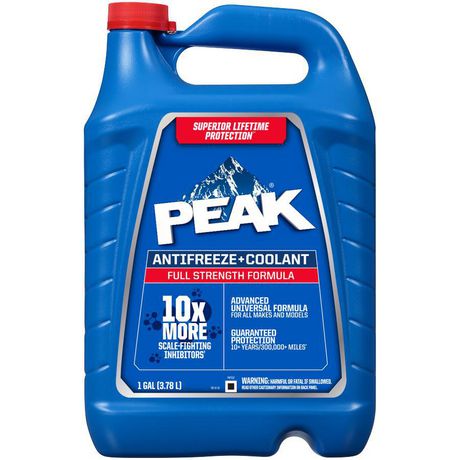

Most automotive coolants are polyol based with ethylene, glycerol or propylene added to create the antifreeze effect. The American Society of Testing and Measurements (ASTM) establishes standards for coolants, while Europe has its own certification process and standards. Lubricate and protect cooling system seals and gaskets.Prevent corrosion, cavitation, and galvanic reactions.Both American and European original equipment manufacturers (OEMs) warn about using the wrong coolant as they have identified plastic cooling system component failure, gasket, and corrosion issues. Adding the wrong coolant can lead to component corrosion, failure, or gelling issues. Making a mistake with something as simple as your choice of coolant can lead to major cooling system issues. When it comes to coolant, the choices are numerous. Today, many applications use separate systems for the engine verses the transmission. The temperature of the transmission and engine were controlled by the same coolant and cooling system. Many of the changes have led to confusion at the repair shop level.įor decades, vehicles used ethylene glycol (green) coolant that simply circulated the coolant throughout the cooling system. As the vehicles we service continue to evolve, the coolants and systems designed to keep our transmissions and engines operating at the correct temperature are also changing. A recent study found that up to 40% of all engine failures were a direct result of cooling system issues.


 0 kommentar(er)
0 kommentar(er)
